Cannabis and Cannabinoids – Today, more people are choosing to use cannabis, especially as it becomes legalized in more parts of the world. Even medical patients are using cannabis to try to help with certain health conditions. One of the most common cannabinoids is CBD.
About CBD
Many types of CBD products have a variety of cannabinoids, which are made in your brain and the cannabis plant. Products that have larger concentrations of CBD often only have a small amount of THC, which is a psychoactive substance.
More research is being done on CBD and other cannabinoids every day. The potential advantages are not yet studied enough, but some people choose to use CBD for such issues as:
- Chronic Pain
- Joint Injuries
- Arthritis
- Stress
- Anxiety
- Seizures
- Cancer
- Symptoms from Chemo
Many CBD users believe that cannabinoids can help to relieve their anxiety, and some research suggests that this might be a credible idea. It might interact with your body’s serotonin receptors, which might decrease anxious feelings. Some people also use cannabis when they are going through chemotherapy.
Even in areas where cannabis is not legal, some governments still allow patients to use it for medical purposes. In the United States, for instance, a couple of cannabis-based medications are legal at the federal level, and some individual states allow people to use cannabis medicinally.
How Do Cannabinoids Work?
Cannabinoids can achieve many different effects since they can interact with your brain’s endocannabinoid system. More research is needed in this area because of legal restrictions in many countries. However, it is known that your brain produces at least two different types of cannabinoids. These are called endocannabinoids.
Your brain is thought to use them to regulate different health aspects, such as appetite, mood, and memory. The cannabinoids can work in your brain by moving messages across your endocannabinoid system and bind to your receptors. That will signal the system to respond and trigger unknown actions. But it is believed that the goal is to maintain homeostasis, which is a sense of balance in your body. The system might act when an illness strikes, so your body can work properly again.
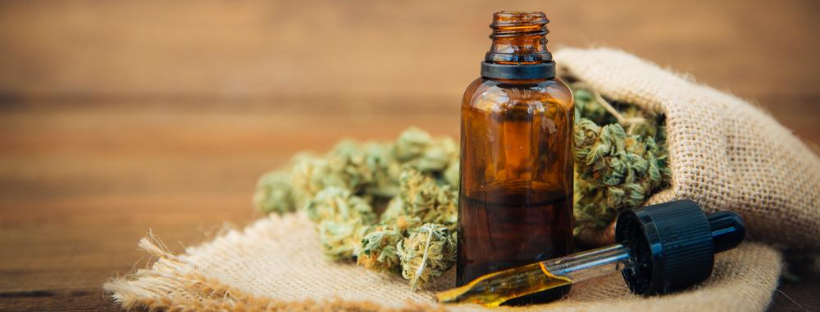
Kinds of Cannabinoids
There are over a hundred known cannabinoids, and there are likely more in the plant. Many of the known cannabinoids are called phytocannabinoids, which you can find in cannabis and a wide variety of other plants. For example, cloves, ginseng, broccoli, carrots, and black pepper have phytocannabinoids in them, too.
About Phytocannabinoids
There are at least 113 unique phytocannabinoids, and CBD and THC are the most common. Other examples include CBG, CBC, and CBN.
Endocannabinoids
There are two main endocannabinoids that the brain produces. It is believed that anandamide can promote a reward response, and the endocannabinoid 2-AG can interact with the receptors in your endocannabinoid system.
What Are the Known Cannabinoids?
Of the many cannabinoids out there, there are a few more important ones.
Tetrahydrocannabinol (THC)
The cannabinoid THC is one of the most common components that you can find in the cannabis plant. Marijuana and hemp are both part of the cannabis family, but the hemp plant has very low amounts of THC. You might only see around 0.1 percent THC in hemp, but a marijuana plant could have as much as 40 percent THC.
Cannabinol (CBN)
CBN is not made by the marijuana plant under the best circumstances. Instead, THC can transform into CBN when there is too much heat or light. Usually, only older plants have much CBN in them.
Cannabidiol (CBD)
Cannabidiol is one of the most common cannabinoids, and this is what you can usually find when you are looking for natural cannabis products.
Cannabichromene (CBC)
CBC is a highly concentrated cannabinoid. However, it has no psychoactive effects, just like CBD.
Cannabigerol (CBG)
CBG is a progenitor of other cannabinoids. Initially, cannabis can produce CBG, which can then undergo biological processes that can convert it to other substances. Often, young marijuana plants are harvested to experiment with this substance.
2-Arachidonoylglycerol (2-AG)
This is another known endocannabinoid in your body. It is believed that this is the endocannabinoid that can play the main role in helping your endocannabinoid system function.
Anandamide
This is a type of endocannabinoid, and you can think of it as being parallel to THC. It can have a strong impact on your emotional state, and it can even be related to the reward system in your brain.

About Synthetic Cannabinoids
As cannabis products become more commonly used, some companies are trying to develop synthetic cannabinoids. You might have heard it called “synthetic marijuana.” There might be some quality synthetic cannabinoids someday, but it is difficult or impossible to find them today. There may be some negative effects associated with synthetic marijuana. For instance, if you stop taking it, you might have withdrawal symptoms, like fatigue or headaches. This has not been documented with regular cannabis.
Synthetic cannabis is created in a lab, and it works by binding to the same neuroreceptors as THC and CBD. It can produce similar effects to THC and CBD, and some people report feeling relaxed after using it. However, it can also cause negative symptoms.
It is believed that synthetic cannabinoids can affect your brain more than cannabis, and the effects can be unpredictable. You might notice brain swelling, nausea, seizures, aggression, or hallucinations after using these types of cannabinoids. Many people have died after using fake THC or CBD products. It is best to stick with real cannabis to avoid these side effects. You can often get a better experience by using real marijuana products, as well.
About the Entourage Effect
Using several cannabinoids together can have a stronger effect than if you used each one separately. Some strains are grown to have higher ratios of certain cannabinoids to create a unique experience. For instance, CBD can reduce the effects of THC, and if you have a strain that has more CBD than THC, the psychoactive effects will be fairly minor.
Closing Thoughts
Today, scientists are making more discoveries about the potential advantages of cannabinoids. You never know what the next discovery will be, so keep an eye out.


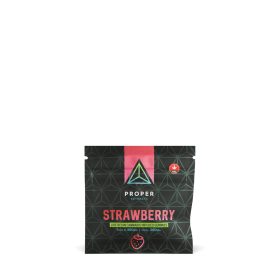

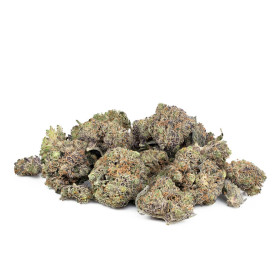
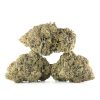
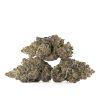
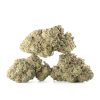
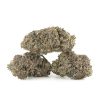
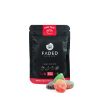

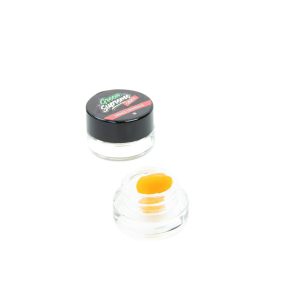
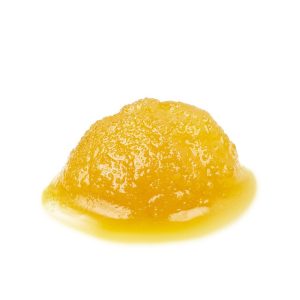
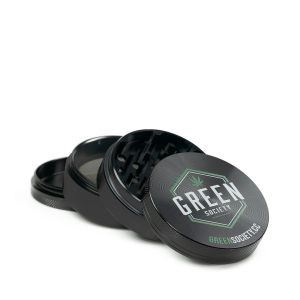

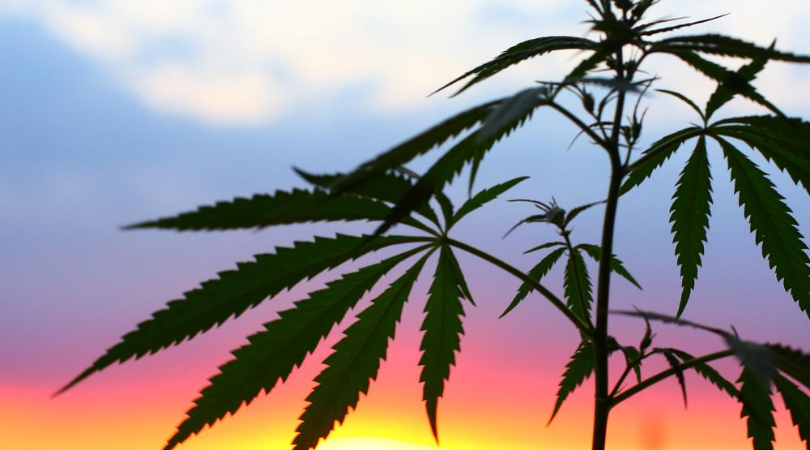
One thought on “Cannabis and Cannabinoids: What You Need to Know”